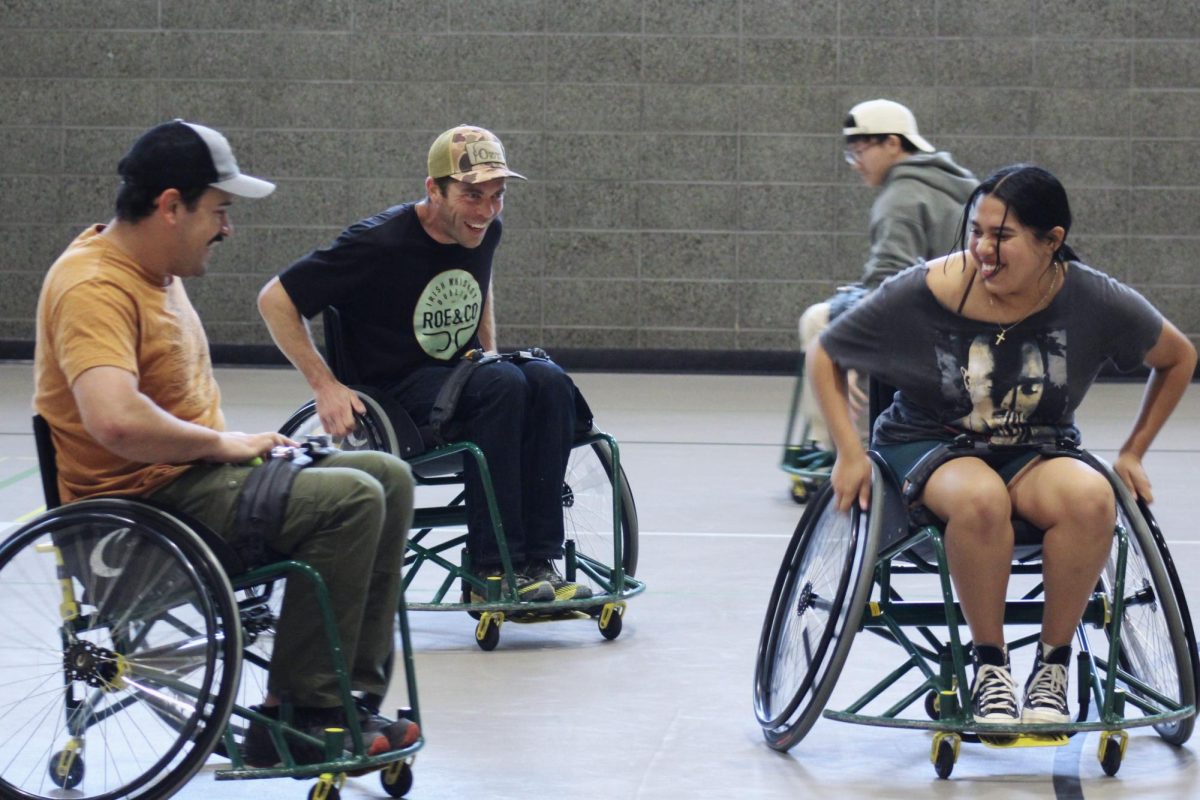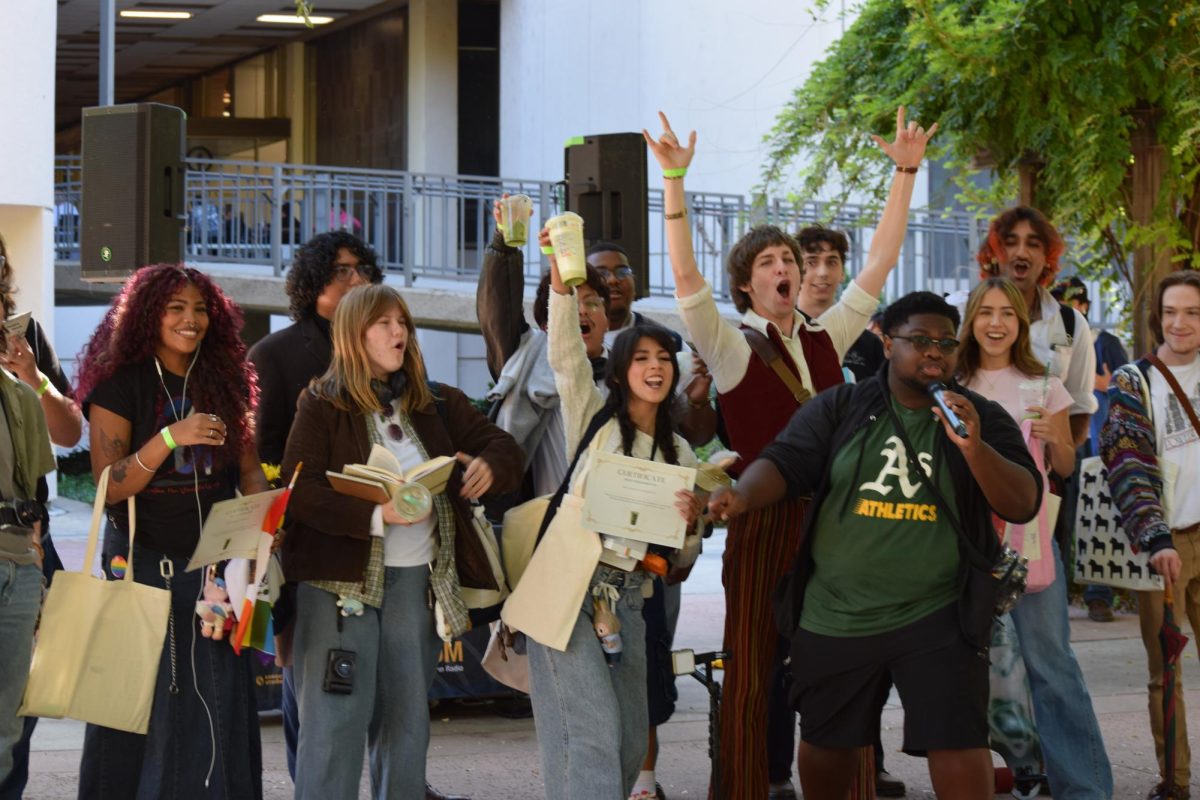Plans to incorporate technology into classroom learning

USMNT:Landon Donovan, far right, leads U.S. Men?s Soccer.:McClatchy Tribune
April 13, 2010
The U.S. Department of Education recently released a draft of the National Education Technology Plan, an ambitious plan to include more technology into classroom learning.
The plan seeks to restructure classroom education and make learning more in sync with the technology that students experience every day, according to the draft. It calls on governors, local school boards and educational experts to come together and discuss the ways the plan could be implemented. The plan is only a draft and will undergo changes as more ideas are entered.
“For students, using … real-world tools create learning opportunities that allow them to grapple with real-world problems,” the draft said.
Kimo Ah Yun, director of the Center for Teaching and Learning at Sacramento State, said the draft was a step in the right direction.
“Mostly, I think it’s a good idea because that’s where things are turning,” Ah Yun said. “This is what the students will be using in the workforce.”
One of the initiatives of the plan is to build an educational infrastructure to ensure that state and local education agencies have enough resources to deal with evolving learning methods and technology. This would include making sure that each student and educator has access to the Internet inside and outside of school.
Doug Jackson, associate vice president for academic computing, said the plan was admirable, but the “devil was in the details.”
“Making it work is going to be a lot harder than just coming up with a plan,” Jackson said. “The 800-pound gorilla in the room is the budget.”
Jackson said with the way the budget is looking, it is less likely that more technology would be used on campus.
“It’s not about whether they’re good initiatives; it’s about dollars and cents,” jackson said.The plan discards assumptions that education has been based on time-based instruction like grade levels, in favor of looking at personalized instruction.
This would be done through changing the student-teacher relationship to one that fosters more personalized instruction. The plan proposes that a few teachers be in the classroom at a time, instead of just one to facilitate more personalized learning. Mark Rodriguez, professor of teacher education, said focusing on individual needs could be beneficial.
“Teachers can benefit in their planning for instruction and assessment when planning is based on classroom context factors that include students’ wants and needs,” Rodriguez said.
Rodriguez said that focusing on in-class needs, such as academic, language and social needs, will help to facilitate learning better.
“If we change the way students travel through the education system to one that is based on student needs rather than seat time, then perhaps we won’t have as many grade levels where learning the same material is repeated” Rodriguez said. “How much do students benefit from learning the same material repeatedly?”
California is already looking to implement increasing its use of technology in the classroom.In February, Assemblyman Tom Torlakson, D-Contra Costa, introduced Assembly Bill 2019, which proposes setting up a commission that will set standards for increasing technology in the classroom.
“The idea is that once you have a common standard, it makes it much easier and less expensive for various software and hardware manufactures to manufacture products that can be used in classrooms,” said Richard Zeiger, Torlakson’s chief of staff.
Because of the budget crisis, setting up the commission will be funded entirely by the private sector.
AB 2019 and the plan also propose that assessments be done through the use of technology. Jackson said automating assessments will be a challenge.
“Assessments are not just about right answers and wrong answers, buy how well you understand the subject,” he said.
Rodriguez said challenges of incorporating technology into classroom learning could come from faculty members who do not want to utilize it in their teaching, and students who are not tech savvy.
“You have some hesitation because there is the tendency to resist change,” Rodriguez said.
Ah Yun said although the use of technology in education has increased over time, the university still faces many challenges in incorporating more technology into classroom learning.
“Some faculty who want to use projectors are not able to use them because they don’t have the minimum needed to do so,” Ah Yun said.
Jackson said the plan needed to be careful to not have technology drive instruction.
“Most institutions of higher education that I know of embrace the idea that learning drives the use of technology, not technology driving teaching and learning,” Jackson said.
Timothy Sandoval can be reached at [email protected].




























































































































